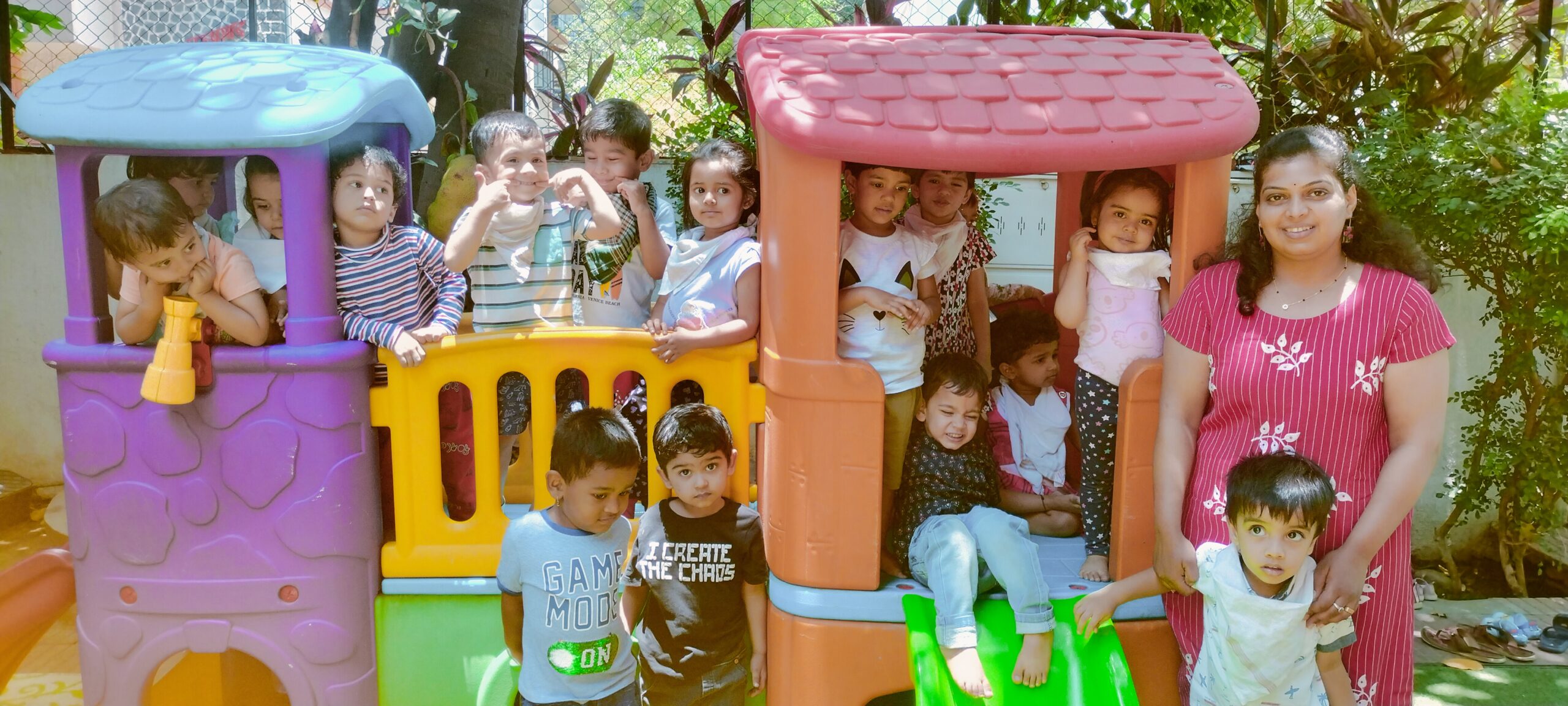
Co-regulating
Imagine yourself having a bad day, being frustrated or even angry, definitely agitated, even helpless. Now imagine two scenarios.
In the first, you meet your partner, who is equally agitated. It’s easy to imagine how something you two say to each other might trigger you both and the situation may escalate quickly to an argument.
In the second scenario, you meet your partner, who has had a great day, is feeling in control of their life, even good and confident about themselves, well rested. It’s also easy to imagine that you may say something triggering but your partner may be in a mood to let it go and see that you have had a hard day. In this scenario, talking to your partner might actually blow some of that steam.
The second case offers a good example of co-regulation.
Let’s look at it closely.
When your child is agitated/frustrated/feeling helpless, the child might feel overwhelmed and might express in an unfiltered way.
Their nervous system becomes reactive and the fight/flight/freeze mode is activated.
If, in this case, your nervous system reacts with fight (anger)/ flight (wanting it all to go away in the moment)/ freeze (feeling disconnected but still agitated), the situation may keep escalating. Note: Many times exhausted and agitated adults may demand by shouting that the child stop crying or shouting. The child may also stop crying as a reaction to this. Outwardly this could seem effective but it’s far from soothing. The fact that the child has stopped crying as a reaction to shouting points to a worse possibility of the child disconnecting from their emotions and shutting down. Now the child is even more agitated and scared than before but is not even expressing it. This points to a maladaptive defense mechanism which is hard to change later because of the disconnection involved in it.
When your child is agitated/frustrated/feeling helpless, overwhelmed, if you are able to not react but breathe and relax, your calm nervous system provides steady grounding for your child to calm down. This definitely doesn’t add to your child’s distress and in fact helps the child soothe.
This may seem hard but look at it this way. Your child needs you to cook for them and feed them daily four to six times or more. That’s a very basic physical need that you can’t replace or ignore. Even if cooking doesn’t come naturally to you and you might need to put a lot of effort consistently into it, you have to do it or arrange for it. Helping our child soothe themselves and regulate their emotional reactions is a basic emotional and psychological need. It is also a physiological need since it helps develop neural networks of the brain.
Activity:
Observe what your reaction is to your child’s expression of distress. Whether it’s fight, flight or freeze.
Observe what your reaction is to your partner’s/ parents’ expression of distress. Whether it’s fight, flight or freeze.
See if you can breathe through this reaction whenever it comes up. Remind yourself that when you choose to breathe in these moments instead of reacting, you are modeling a response characteristic of evolution for your child.
